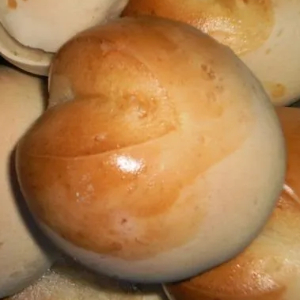We’ve looked at breads in many cultures in many parts of the world, and they all seem to share some overall characteristics. Filipino breads are no exception to this rule. Most use yeast to leaven themselves, while some mimic muffins. But there the overt similarities to other breads end!
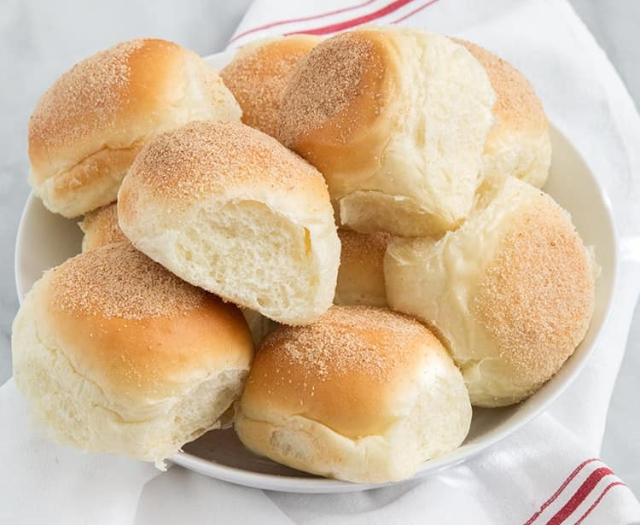 Pandesel: The daily bread of the Philippines.
Pandesel: The daily bread of the Philippines.
It’s interesting to note that many Filipino kitchens have no oven. That’s the chief reason why there are ‘bakeries on every corner’ in the major cities. But just because many Filipino cooks don’t make their own bread doesn’t make the stuff any less authentic.
Filipino breads are eaten at all times of the day, and the daily breads segue smoothly into the sweet and festive loaves via a big overlap of ‘territories’. Today, we’ll look at the daily breads.
Pandesal: Plain White Bread. The most popular Filipino ‘daily bread’. The name means ‘bread of salt’ referring to the salt added to the dough. It’s a simple recipe of flour, oil, yeast, sugar and milk. It’s usually made as rolls and is a special favourite at breakfast.
Kababaya: The name means ‘Fellow Countryman’. It’s a muffin-like bread whose recipe calls for only flour, sugar, eggs and milk.
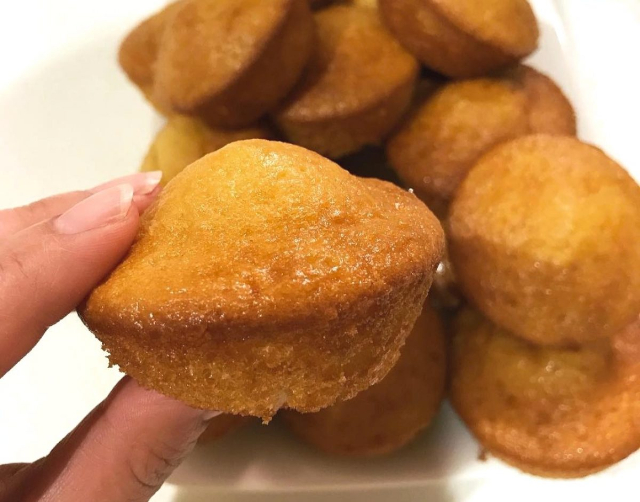
The eggs provide quickbread-like leavening. Kababaya is almost as popular as Pandesal, especially at breakfast!
Monay: It’s the Filipino adaptation of the popular Spanish ‘Pan de Monja’, which translates as ‘Nun’s bread’ (see photo, top of page). This Brioche-like loaf is somewhat heavier than the previous breads we’ve discussed. The recipe calls for flour, yeast, sugar, milk, eggs and milk powder. Again, it’s formed into rolls, which are slit down the centre on top and brushed with an egg wash for a glossy finish.
Putok: The name means ‘explosion’. Made from Monay dough, but not left to raise as long. The rolls have a cross cut in the top whose corners pop out, or explode whole baking.
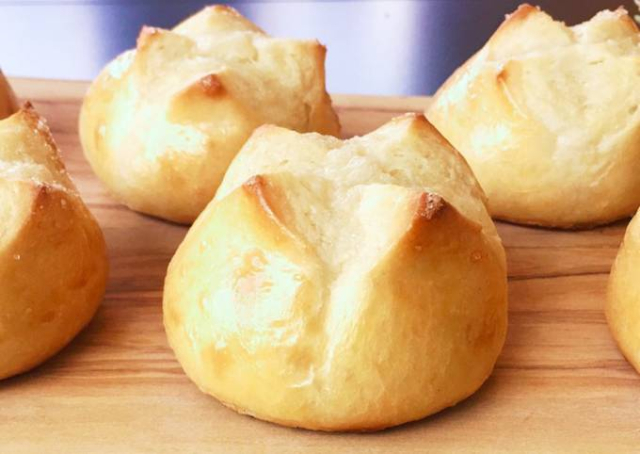
This is a heavier loaf than Monay and has a much harder crust. Author ‘Raymund’ at angsarap.net warn that Putok, “would probably bruise you when thrown towards you.” Food fight lovers, beware!
Pinagong: ‘Pagong’ means ‘turtle’ in Filipino. The oval roll’s rippling top slits are said to look like a turtle’s back. Another descendant of Monay, using the same dough, but handled differently. Its flavour is differentiated from Monay and Putok in that it’s sweeter and milkier. It’s also less dense than Putok.
Tastybread: Filipino sliced bread. Definitely an import, but made in a typically Filipino way. It’s regular yeast raised bread but it’s baked in dramatically squared-off loaves.
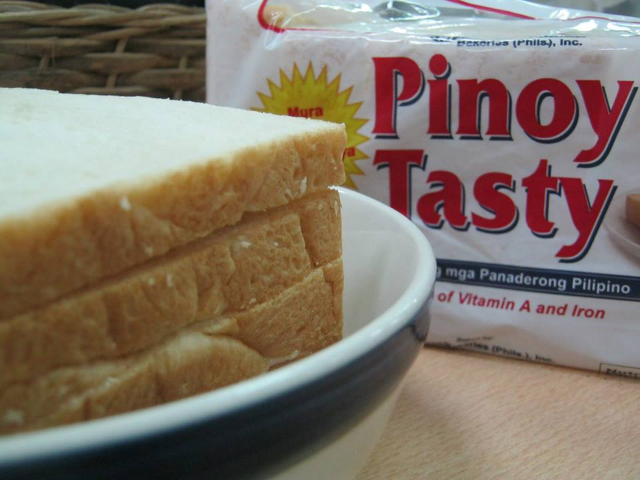
Some older folks remember there was once a brand of sliced bread in the country called ‘Taystee’. Taystee Bread was a big brand in the U.S. until the late 1980s. The last Taystee bakery closed down in 1991, amid labour relations trouble. And, yes, the original U.S. Taystee Bread was baked in sharply squared off loaves!
So simple, yet so scrumptious!
That’s Filipino bread in simple words. Tomorrow, we’ll pick up right where we’ve left off today – with some universally loved Filipino sweet baked goods, other desserts, and classic beverages…
~ Maggie J.

